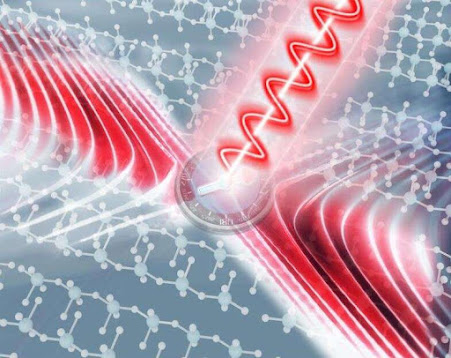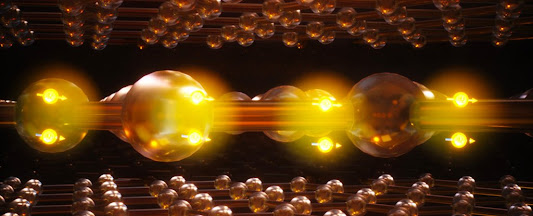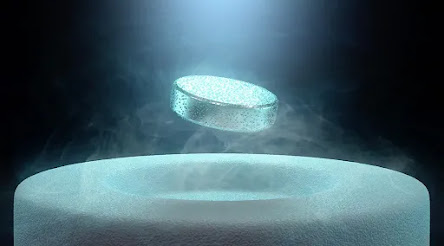Third Law of Thermodynamics Restored in Thin Films of Spin Ice
.webp)
A newly published study reveals that the Third Law of Thermodynamics can be restored in thin films of the magnetic material spin ice. A newly published study reveals that the Third Law of Thermodynamics can be restored in thin films of the magnetic material spin ice. A newly published study reveals that the Third Law of Thermodynamics can be restored in thin films of the magnetic material spin ice. In the familiar world around us it is always possible to make things colder, but science has established that there is a limit to how cold an object can be – the so-called `absolute zero’ of temperature, or minus 273 degrees centigrade At the absolute zero it is expected that the entropy of a substance, a measure of the randomness of the atoms within it, should itself be zero. The concept that absolute zero equates to zero entropy or randomness is called the Third Law of Thermodynamics. A famous exception to the Third Law is spin ice, in which atomic magnetic moments or `spins’ remain random...




